by ken Gargett
Some time ago, we featured the wonderful Perrier-Jouët Belle Époque Blanc de Blancs 2006. A few years before that, the even more thrilling 2002 (for reasons long forgotten, we missed 2004, but I suspect we simply thought that perhaps it might have been overkill, but that does not mean that it was anything but another stellar champagne). At the end of the 2006 article, I mentioned how scintillating I expected the 2008 to be.
For me, coming from such a truly brilliant vintage, it could have been one of the greatest champagnes ever made. The 2002 is certainly one of the finest I’ve ever enjoyed, so why would ’08 top it. 2008, for me, is simply the greatest vintage since 1988.
Until the day I fall from the perch, no one will ever be able to explain why but the team at Perrier-Jouët decided not to make a 2008 vintage. Learning this was a bit like I would imagine being told that Picasso decided not to paint ‘Guernica’ or Springsteen never wrote ‘Born to Run’. A loss to humanity of inestimable proportions. But, split milk.
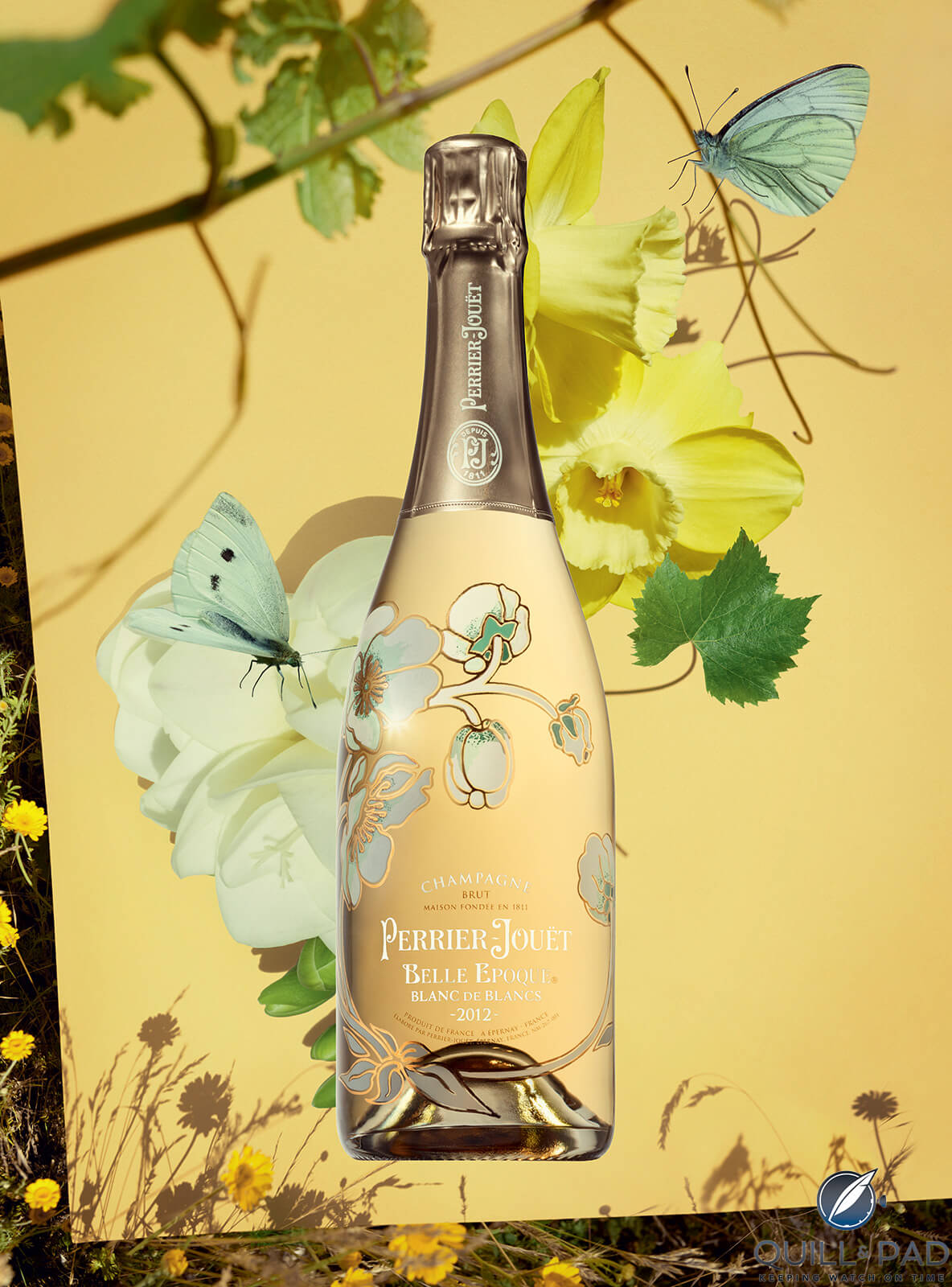
Perrier-Jouët Belle Époque Blanc de Blancs 2012
Fortunately, Perrier-Jouët made no such error with the next top vintage, 2012. Their Perrier-Jouët Belle Époque Blanc des Blancs 2012 (est, A$800) has hit the market, and like every release of this wonderful champagne, it’s available in tiny quantities only.

Picking Perrier-Jouët Chardonnay grapes in Champagne, France
This is, of course, a champagne made from 100% Chardonnay (which is what blanc des blancs signifies). For previous vintages, the vineyards from where the grapes were sourced were all in Cramant in the very heart of the Côtes des Blancs. The Cote des Blancs is the crown jewel of the Champagne district when it comes to Chardonnay. The house has owned these two vineyards, Bouron Leroi and Bouron du Midi, for around two centuries. The vineyards total 6.8 hectares, although only a small amount of these grapes are used for this wine.
Total production of the Perrier-Jouët Belle Époque Blanc de Blancs never exceeds 40,000 bottles and some years have been a quarter of that or less. Dosage is usually just 8 grams/liter and the wine will spend at least six to eight years on lees. That tiny production represents just 1% of the total production of Belle Époque. The Rose accounts for another 8% and the original, the remainder.
For this 2012 vintage that has expanded and the wine includes grapes from Avize and Chouilly, as well as those from Cramant. The house focuses on Grand Cru vineyards with ‘pure chalk soils’, which provide the wine with the minerality for which it is known. Also, the dosage has been restrained a touch, and is only 6 grams/liter. The wine spent at least 8 years on lees.
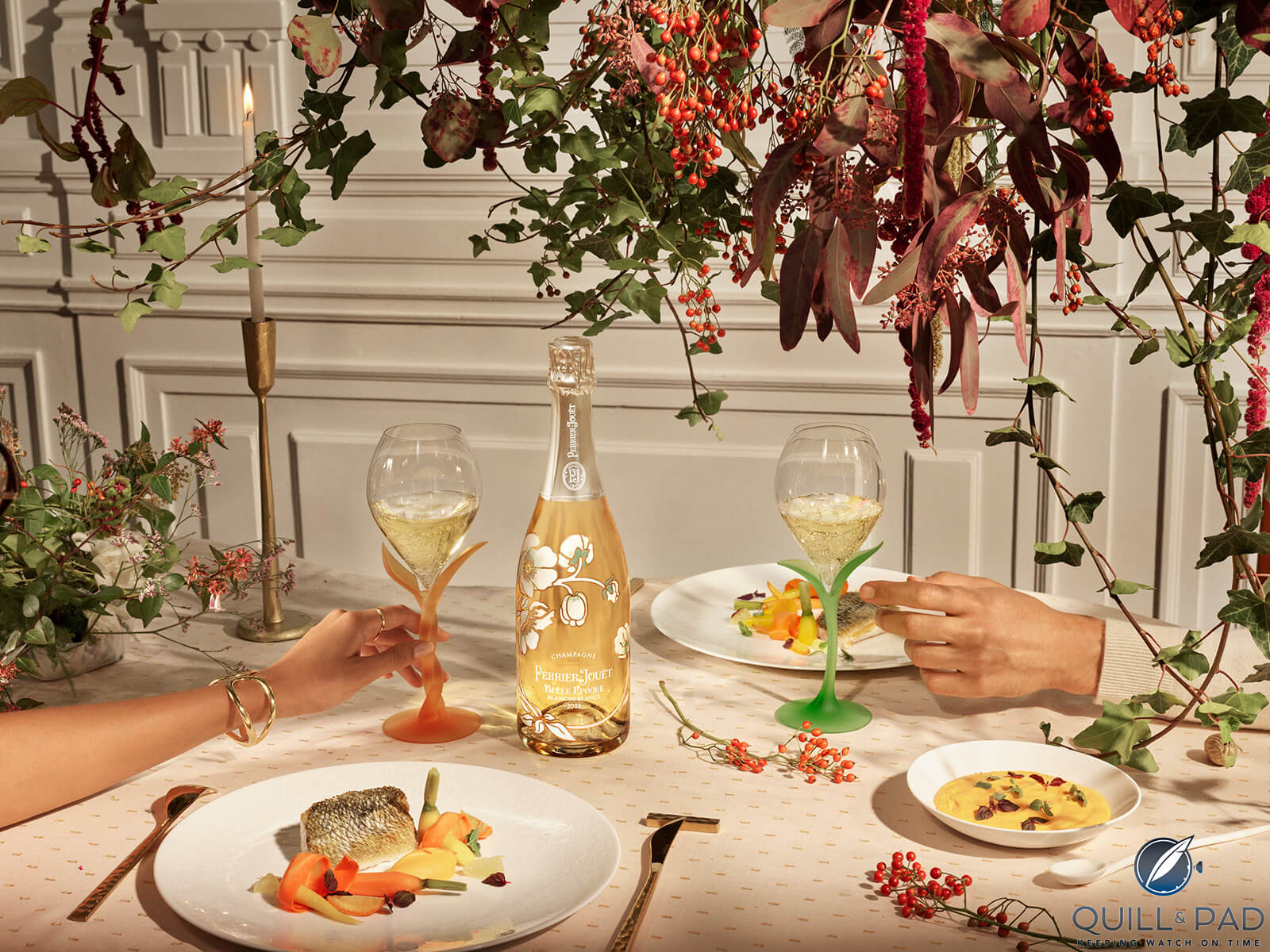
Perrier-Jouët Belle Époque Blanc de Blancs 2012
Perrier-Jouët has long been famous for its Belle Époque champagnes. They added a Rose to the long-standing original BE and then, with the 1993, launched this wine. The idea was a limited production, very special champagne with which they could celebrate the Millenium. Since then, they have also released 1999, 2000, 2002, 2004 and 2006, before this latest champagne.
The new chef de cave, Severine Frerson, describes the wine as “a vibrant and distinguished wine, with a natural authority. Pure and precise, delicate and complex, it has an elegant, silken texture, almost infinite length on the palate, and – last but by no means least – great potential for aging.”
Severine is the current chef de cave, taking over from the legendary Hervé Deschamps in mid-2022. While we have seen a revolving door at many champagne houses in recent years, Perrier-Jouët is very much the opposite. Severine is just the 8th chef de cave in the history of the house. Impressive when we consider that the house was founded in 1811. Hervé held the role for 27 years – he also spent ten years there before taking the role.
During his tenure, so many sensational wines were released, as well as many innovations. This Perrier-Jouët Belle Epoque Blanc des Blancs not least among them.
Hervé always had a lovely way with words. He has been quoted elsewhere, when describing the qualities of the various grapes, as urging one not to forget the small amount of Pinot Meunier from the village of Dizy, that they use (not in this specific wine, of course), noting that it acts as a link between the two major varieties, much like the hyphen between Perrier and Jouët.
For anyone concerned about the future, Severine spent some time working with Hervé and spent many years with Piper and Charles Heidsieck, not a bad training ground.
Severine’s view of this champagne? “For its elegance, its refinement and its wonderful silken texture, I associate Perrier-Jouët Belle Epoque Blanc de Blancs with a white orchid, my favorite flower.” She has also said that “Perrier-Jouët Belle Époque Blanc de Blancs is the jewel of the collection – the quintessential expression of Chardonnay in the style of Maison Perrier-Jouët.”
Given their many superb champagnes, that is a rather big call, but I’ll happily confess that it is my favorite from Perrier-Jouët and indeed, one of my favorites from all Champagne. Hervé has described the Belle Époque Blanc de Blancs as “the quintessence of Chardonnay with the brilliance and rarity of a yellow diamond.”
When discussing vintages for the region, rather than the usual press releases (amazing how many truly great vintages the marketing teams from all regions believe they have), I like to look at ‘Vintage Champagne: 1899 to 2019’, by Charles Curtis.
A dear friend who has an extraordinary champagne palate describes 2012 as “Queensland winter sunshine shining down on surging water”. As bizarre as it might sound, it sums it up perfectly.
Curtis is marginally more prosaic, noting as an overview, 2012 went ‘from the worst to the best.’ Very cold to start with record rain and frosts, things did not look promising, but the rain stopped mid-July and warm to very hot conditions dried the grapes and persisted till harvest. Curtis concludes that 2012 was “a particularly successful year and one whose top wines can be laid down for decades of cellaring.” I find it a richer, somewhat riper year than the classically elegant 2008, but undoubtedly a great year. Don’t hesitate to put the top 2012s in your cellar and have no concerns about leaving them for many years.
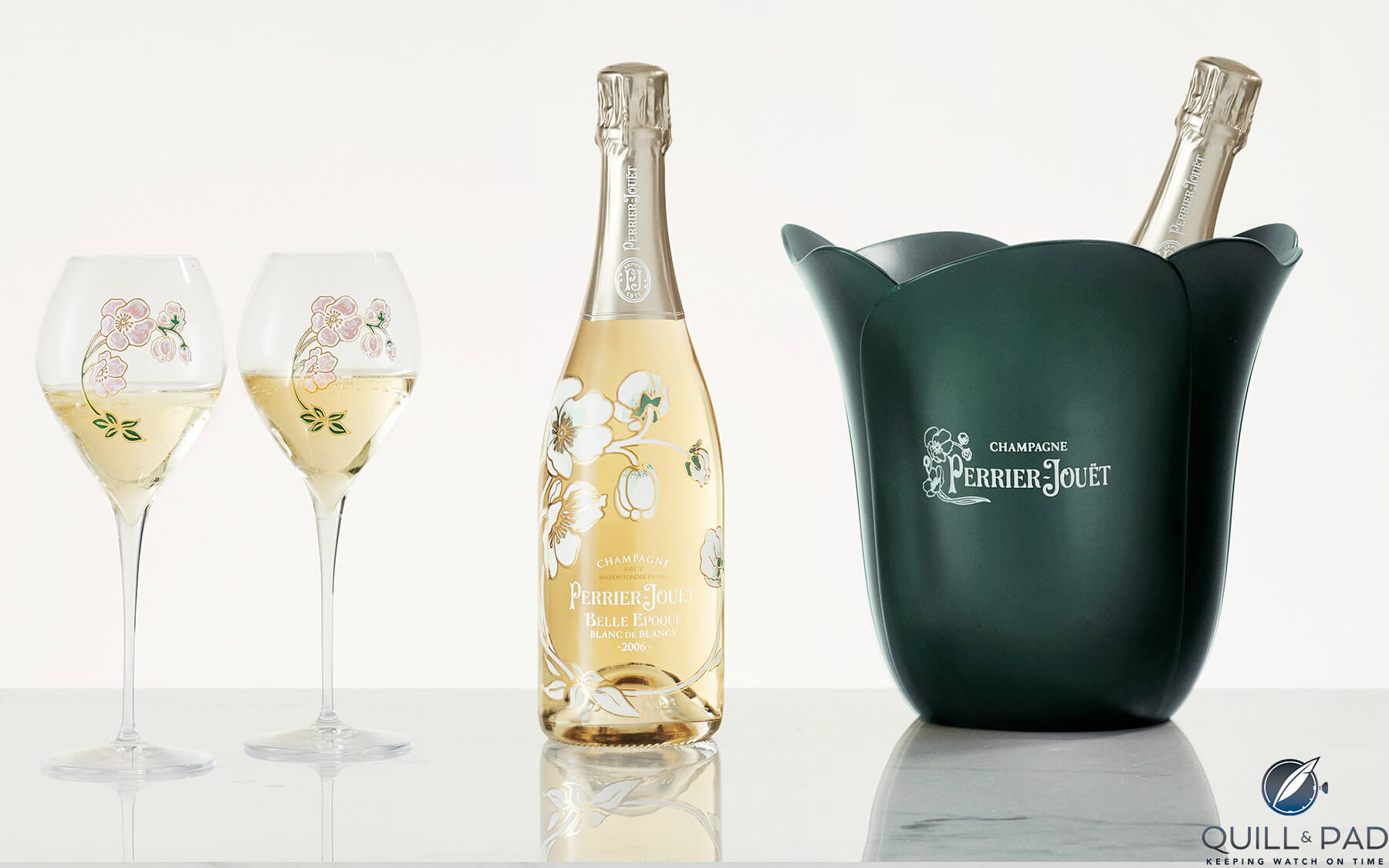
Perrier-Jouët Belle Époque Blanc de Blancs 2012
The original Belle Époque, the 1964 vintage, was released in 1970 at a party in Paris to celebrate the 70th birthday of Duke Ellington. There is some confusion over the release of the first Belle Époque Rose, with the house recording the first vintage as 1978, but several champagne authorities disagree and have provided notes on the 1976.
Belle Époque is one of the most recognizable wines in the world. The exquisite design, in the art nouveau style, was created by Emile Gallé, an artist and master glassmaker, who is considered one of the pioneers of that movement. He designed the bottle for the house in 1902 (or 1912, depending on your source), but it sat for many years before Perrier-Jouët adopted it for their initial Belle Époque.
Today, Perrier-Jouët is owned by Pernod Ricard since 2005. In turn, the house owns 108 hectares spread across seven villages (as so often happens, sources vary and some suggestions are that their holdings are a little less than this). This accounts for 35% of their needs, but is very much focused on their very best wines, with the remaining 65% purchased from growers across forty villages. The heart of their production is the Grand Cru village of Cramant, in the Cote des Blancs. They own 29 hectares in this prestigious village.
Tasting notes – Perrier-Jouët Belle Époque Blanc de Blancs 2012
This is simply stunning. A glorious green/gold color with the finest, yet most persistent bead. The nose opens with hints of brioche, a touch of citrus and stonefruit, ginger, lemon grass, white peaches and lemon blossoms. This is all class. So fine, so focused. Wonderfully elegant and ethereal, this is seamless with a gorgeously seductive and creamy texture, which adds to the impression of a flick of the finest quality butter on the palate. A fine and lengthy finish. So persistent.
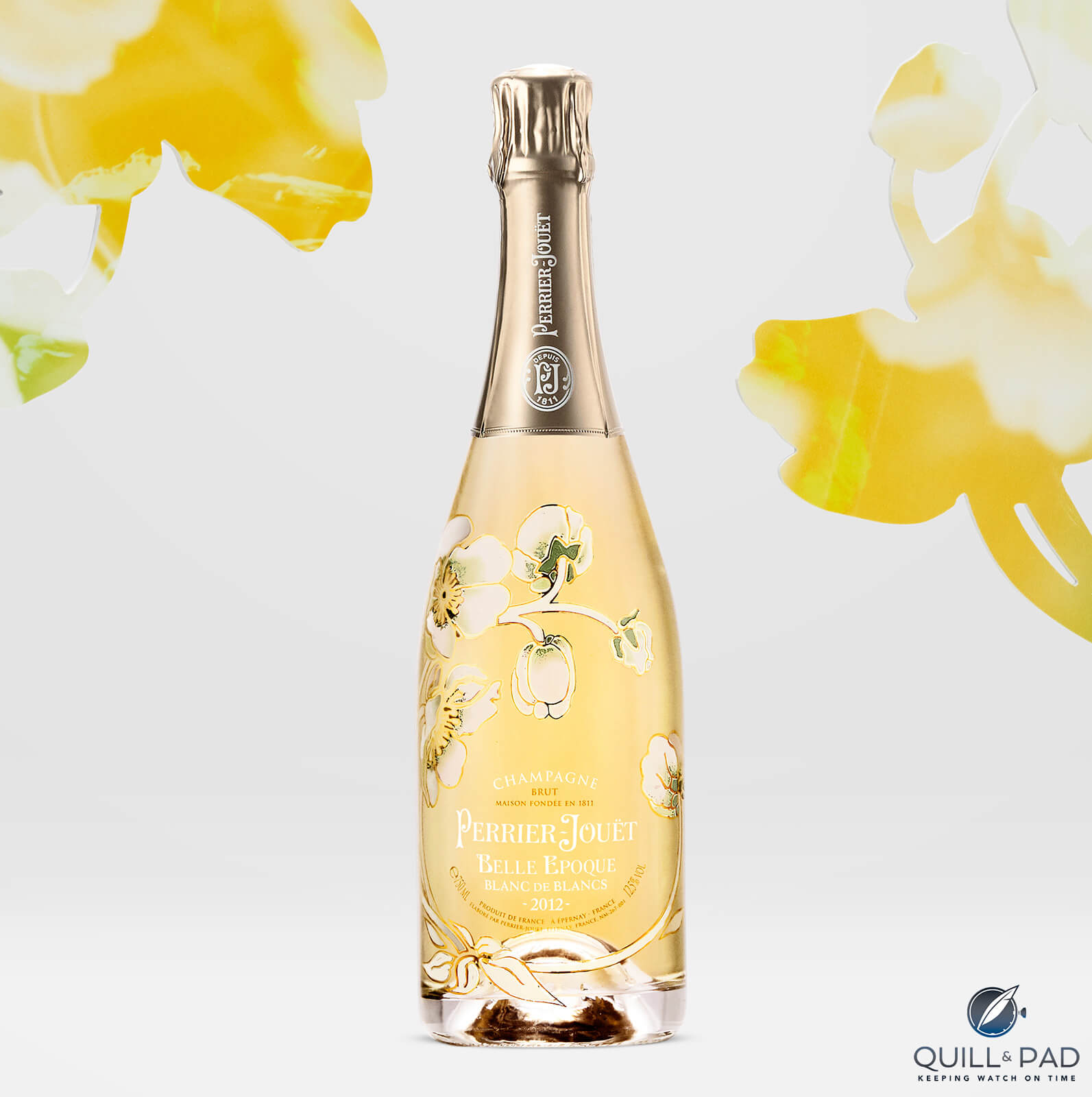
Perrier-Jouët Belle Époque Blanc de Blancs 2012
There is a hint of the 2012 richness but overall, this sits at the more elegant end of the spectrum. Surely this will drink beautifully for the next ten, even twenty years. A wonderful addition to the range, this might not quite match that heavenly 2002, but it certainly comes wafer-thin close. For me, 98 now but in a few years, I think it will go to 99. And then, who knows?
For more information, please visit www.perrier-jouet.com/en-ww/champagnes/belle-epoque-blanc-de-blancs-2012
You may also enjoy:
How Long Can We Age Champagne, Should We Age Champagne, And Is Late Disgorged Or Aged On Cork Best?








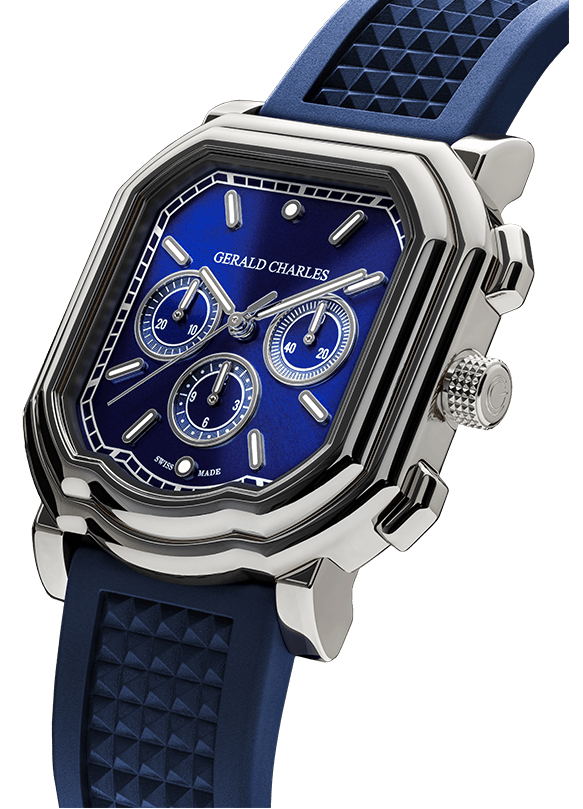


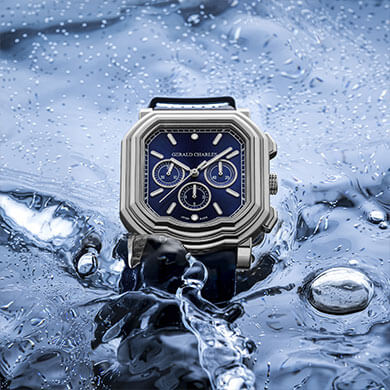

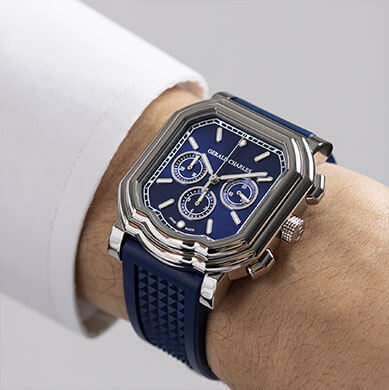



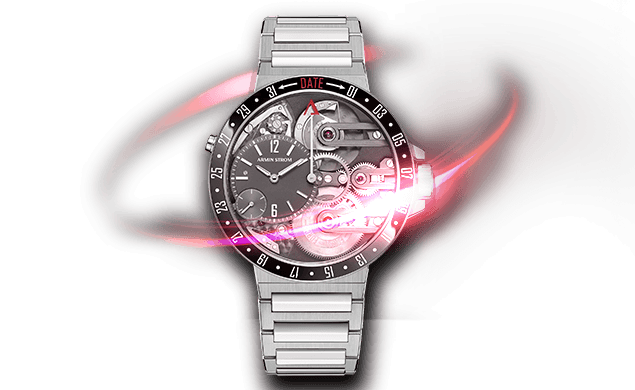
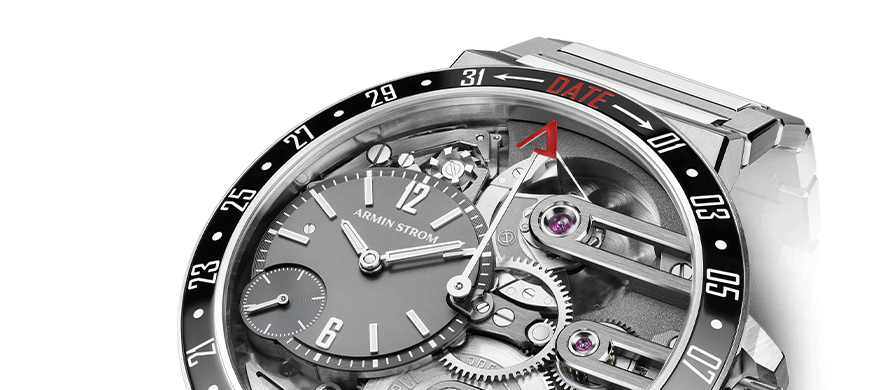
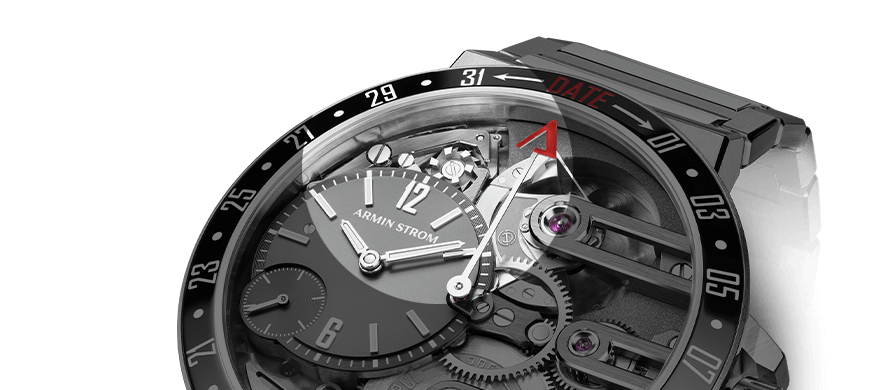


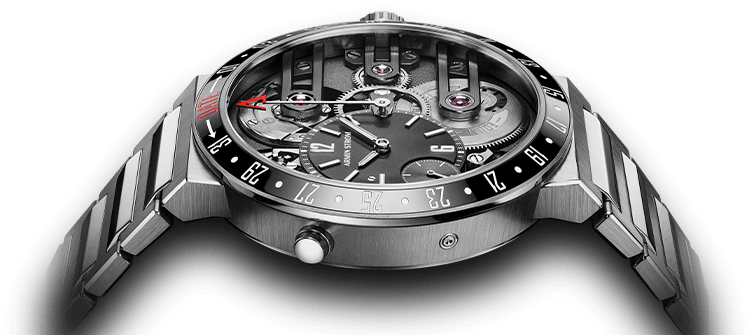


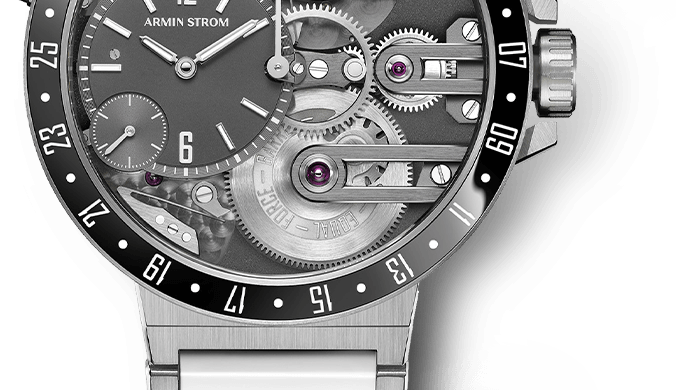



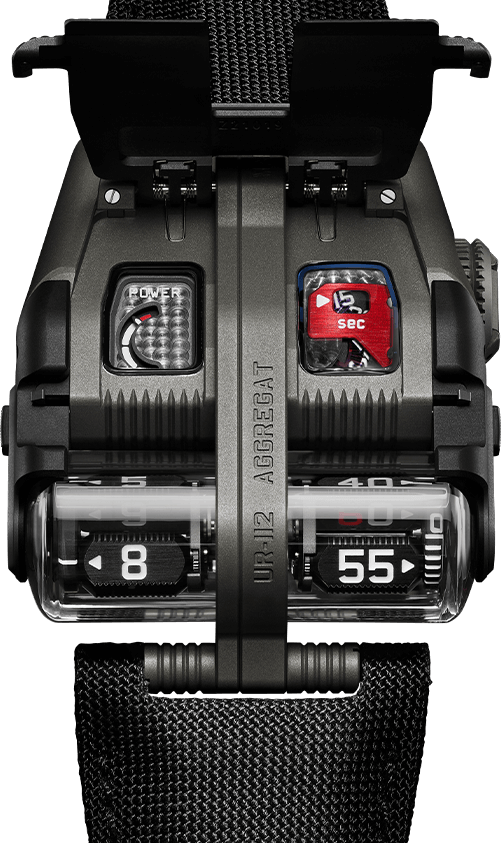

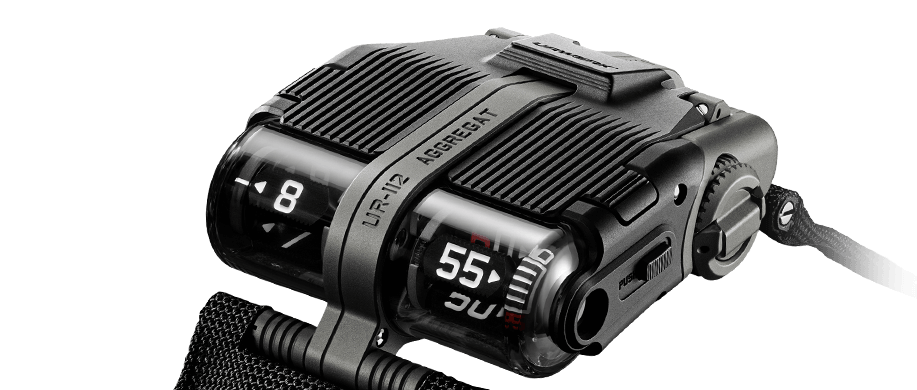

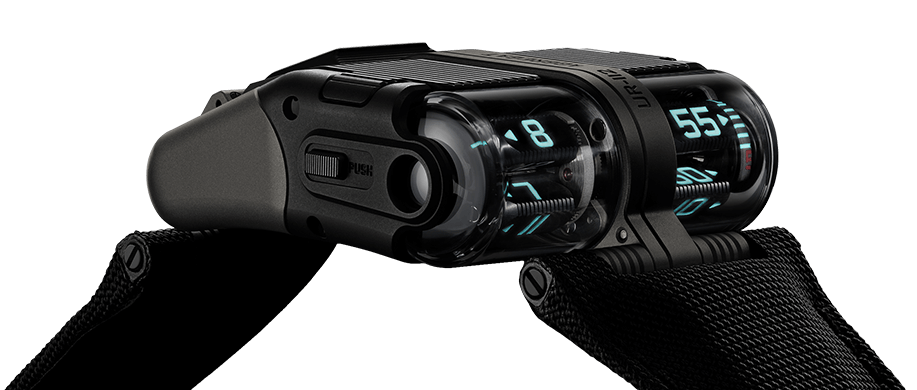

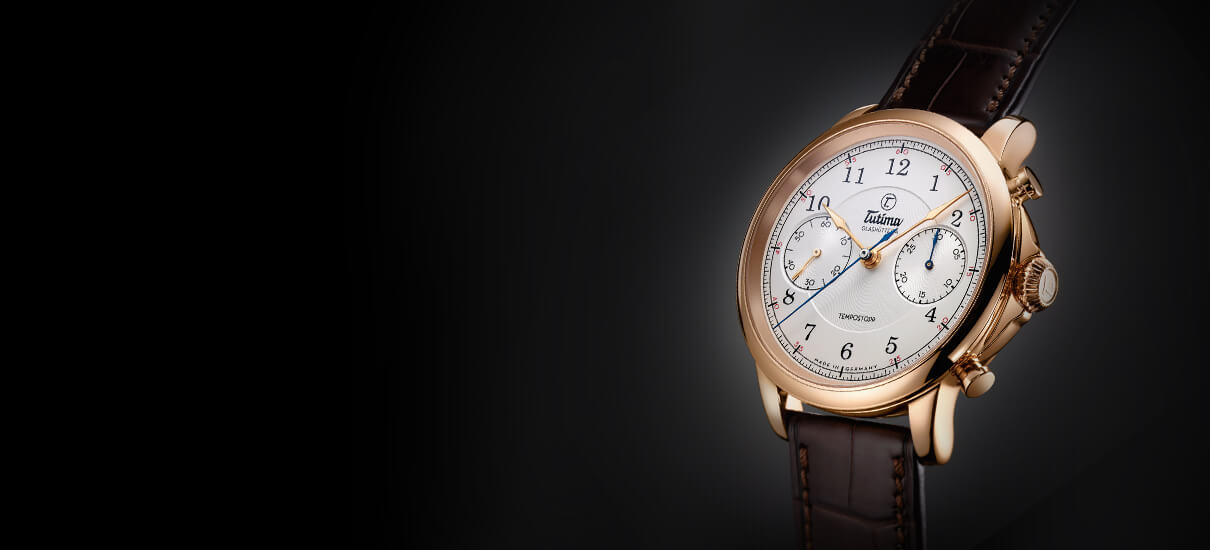

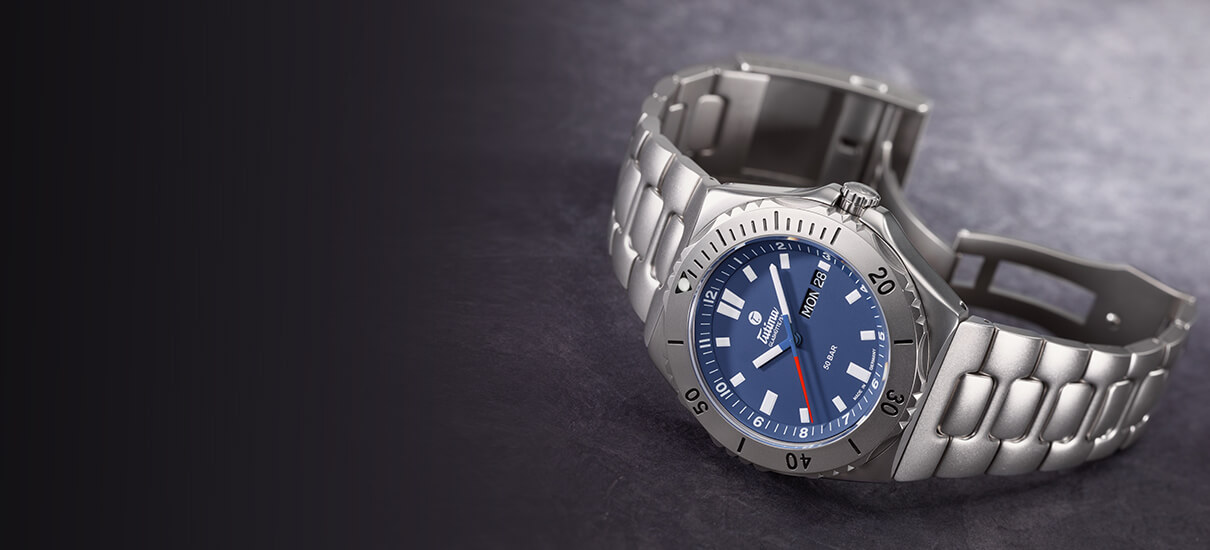

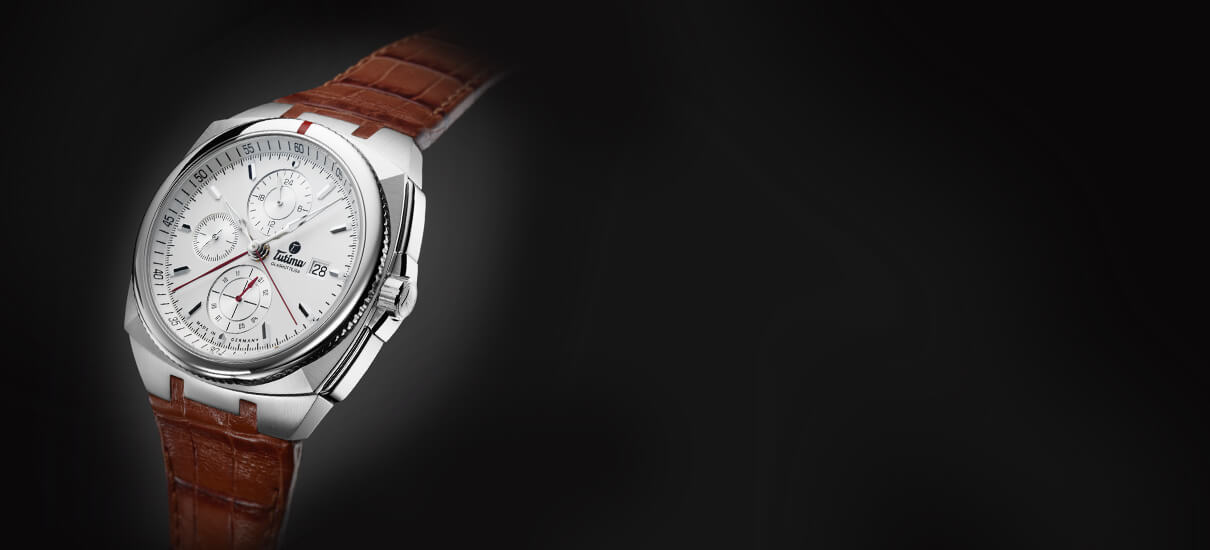

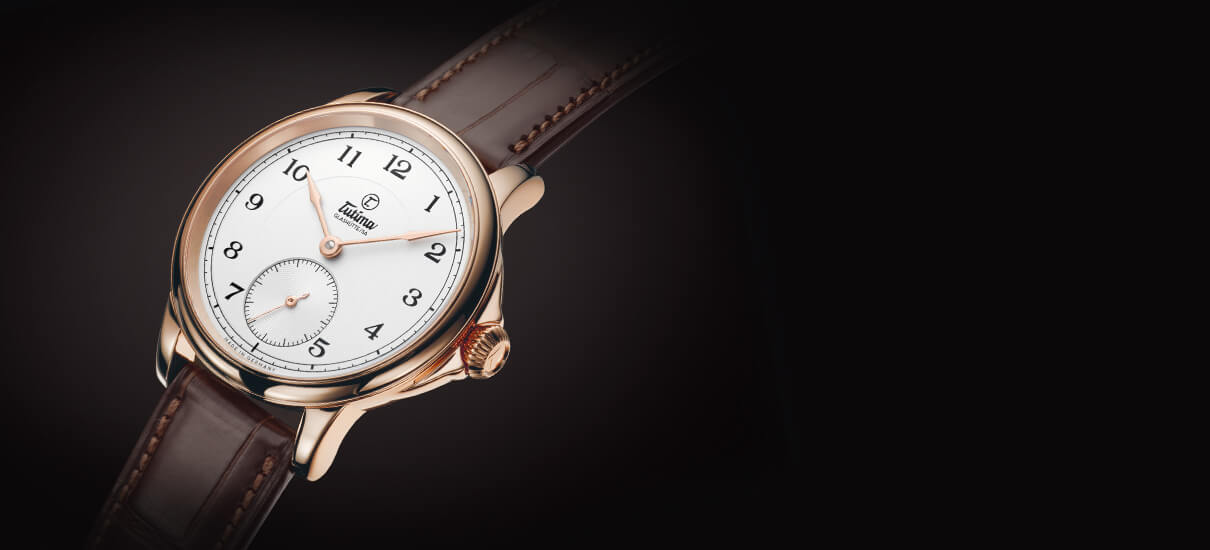

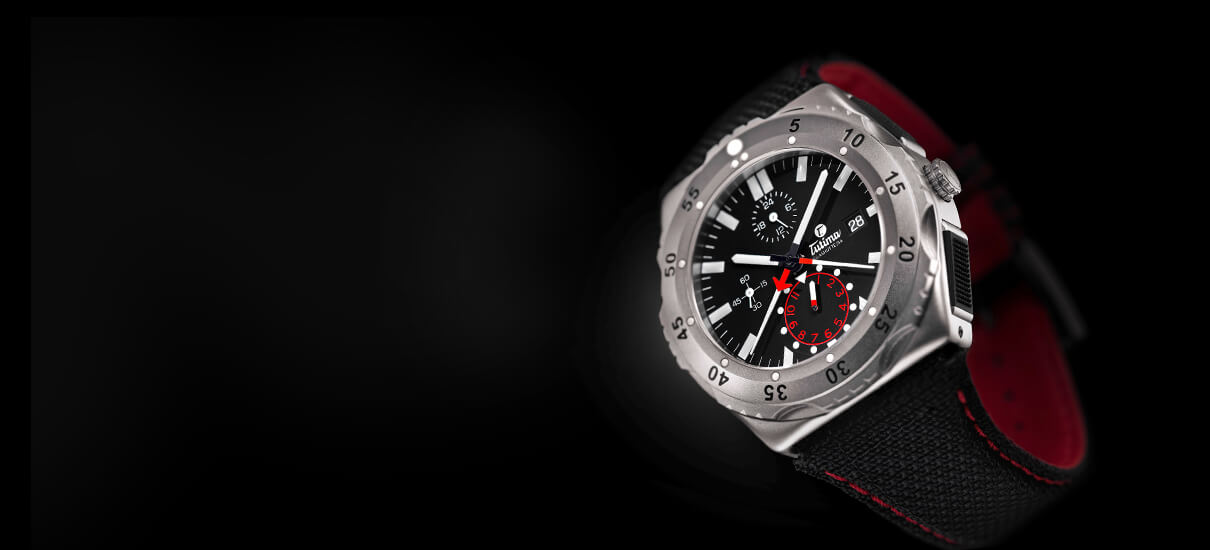



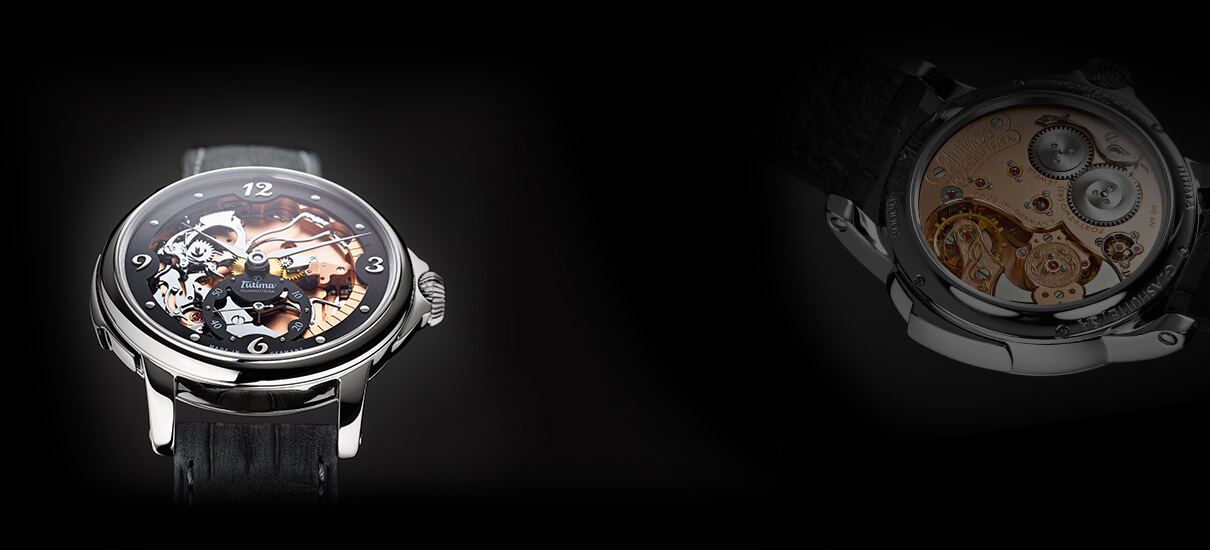



Leave a Reply
Want to join the discussion?Feel free to contribute!